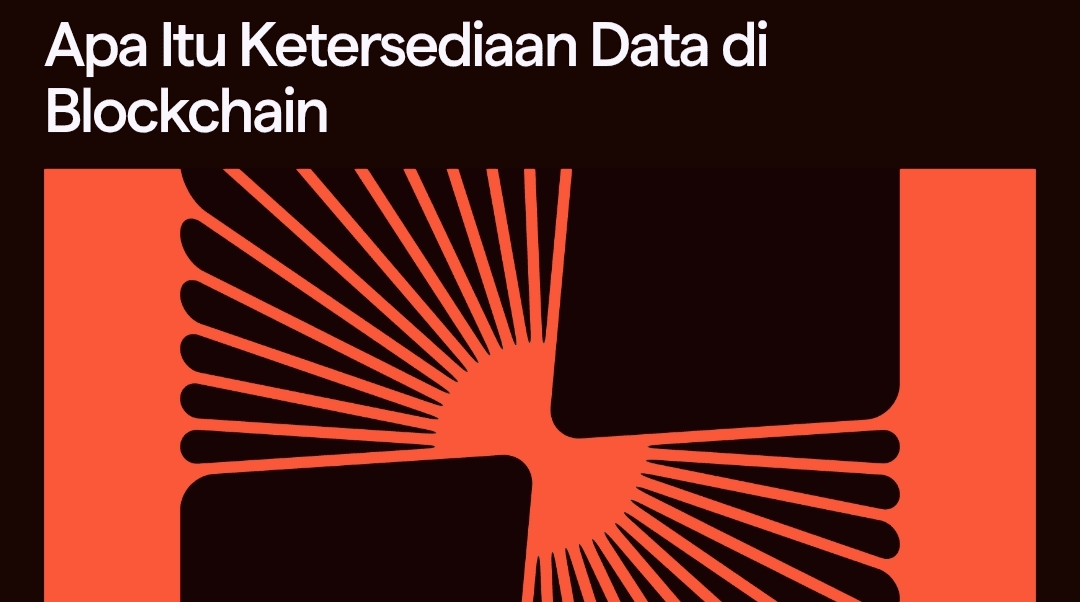
Key Points
Data availability is the assurance that all transaction data on the blockchain is publicly accessible for verification.
Without data availability, nodes cannot verify status transitions, making the system vulnerable to fraud or censorship.
Rollups and modular blockchains rely on external data availability layers to scale securely.
Innovations like Data Availability Sampling (DAS) and erasure coding enable measurable and verifiable DA.
At Altius Labs, we help Web3 projects build modern DA architectures to support performance and trust.
Introduction — Why Data Availability Is Important in Blockchain
Blockchain works because it is transparent and verifiable. Every transaction, block, and smart contract state change must be publicly available to all participants — especially full nodes and light clients.
However, as blockchain scale increases and moves towards a modular architecture, one issue becomes more pressing: How can users verify blocks if they cannot see the complete transaction data?
This is the data availability problem — and solving it is crucial to keeping blockchains decentralized, secure, and scalable.
Let's break it down.
What is Data Availability?
Data availability refers to the assurance that transaction data in each block is publicly accessible and can be downloaded by anyone.
Without this assurance, validators and light clients cannot verify that the proposed status transitions of a block are valid — they must 'trust' that the data is correct.
This undermines the trustless blockchain model.
Why This Is a Problem (Especially for Rollups)
In traditional Layer 1 blockchains, all nodes download and store the full block data.
However, in a rollup-based or modular architecture, only a small number of actors (sequencers or proposers) publish state changes to the base layer — often without including the complete transaction data.
This raises risks:
Fraud: A sequencer can post invalid status transitions without allowing others to verify them
Sensor: Certain users or transactions can be excluded or hidden
Branching and instability: If validators cannot verify data, the chain may branch or halt
How Blockchain Solves Data Availability Issues
There are several emerging solutions that allow measurable data availability without forcing all users to download full blocks.
1. DA on chain (Traditional L1)
Blockchains like Ethereum and Bitcoin include all data within the block itself. This is the most secure model, but limits scalability — storing and syncing the full data costs a lot and is slow.
2. Data Availability Layer (e.g., Celestia)
New modular blockchains like Celestia provide dedicated data availability services. They specialize in publishing large amounts of data for rollups and appchains, without needing to execute transactions.
Benefits:
Scale independently from execution
Enables rollups to operate trustlessly
Allows light clients to verify availability through sampling
3. Data Availability Sampling (DAS)
Instead of downloading all block data, DAS allows light clients to randomly sample small pieces of a block and statistically verify its completeness.
Used in: Celestia, EigenDA, Avail
4. Erasure Coding
Data is split into small pieces and redundantly encoded. Even if some pieces are missing, the rest can be used to reconstruct the entire block.
It enhances reliability and allows for sampling-based verification.
The Role of DA in Modular Blockchain Architecture
In a modular system, DA becomes a standalone layer:
Rollups publish their data to the DA layer
Light clients verify availability through sampling
Settlement chains (like Ethereum) finalize state changes
This separation enables massive scalability without sacrificing trust. This is the foundation of the modular stack — where execution, consensus, settlement, and availability are each on different layers.
Final Thoughts — Data Availability Is the Backbone of Secure Scalability
As Web3 moves towards a modular multichain ecosystem, data availability is no longer just a desire, but a requirement.
Whether you are building a rollup, appchain, or multichain protocol, you need a reliable way to ensure users and validators can verify what is happening behind the scenes.
Without data availability, blockchains risk becoming opaque, insecure, and centralized.
At Altius Labs, we build infrastructure that makes DA reliable, scalable, and ready for growth — unlocking the next generation of decentralized applications.
